Rising Demand for Automation
The Motion Control Drive Market is experiencing a notable surge in demand for automation across various sectors, including manufacturing, robotics, and logistics. This trend is driven by the need for enhanced efficiency and productivity. According to recent data, the automation market is projected to grow at a compound annual growth rate of approximately 9% over the next five years. As industries increasingly adopt automated solutions, the demand for motion control drives, which facilitate precise movement and control, is expected to rise correspondingly. This shift towards automation not only streamlines operations but also reduces labor costs, thereby making motion control drives a critical component in modern industrial applications.
Increased Investment in Robotics
The Motion Control Drive Market is benefiting from increased investment in robotics across various sectors, including healthcare, manufacturing, and logistics. As organizations seek to enhance operational efficiency and reduce costs, the adoption of robotic systems is becoming more prevalent. The robotics market is projected to grow significantly, with estimates suggesting a compound annual growth rate of around 10% over the next few years. This growth is likely to drive demand for motion control drives, which are integral to the functionality of robotic systems. The ability of these drives to provide precise control and movement is essential for the successful implementation of robotics in diverse applications, further propelling the motion control drive market.
Growth in Renewable Energy Sector
The Motion Control Drive Market is witnessing growth driven by the expansion of the renewable energy sector. As countries strive to meet sustainability goals, there is a significant increase in the deployment of wind and solar energy systems. Motion control drives are essential in these applications, as they optimize the operation of turbines and solar trackers, ensuring maximum energy efficiency. Recent statistics indicate that the renewable energy market is expected to grow at a rate of 8% annually, which will likely bolster the demand for motion control drives. This trend reflects a broader commitment to sustainable practices, positioning motion control technologies as vital components in the transition to cleaner energy sources.
Emerging Applications in Electric Vehicles
The Motion Control Drive Market is poised for growth due to the emergence of applications in electric vehicles (EVs). As the automotive industry shifts towards electrification, the demand for efficient motion control systems is increasing. Motion control drives play a crucial role in managing the performance of electric motors, ensuring optimal power delivery and energy efficiency. Recent projections indicate that the electric vehicle market is expected to grow at a compound annual growth rate of approximately 22% in the coming years. This rapid expansion is likely to create substantial opportunities for motion control drive manufacturers, as they cater to the evolving needs of the automotive sector, thereby enhancing the overall market landscape.
Advancements in Motion Control Technologies
Technological advancements are playing a pivotal role in shaping the Motion Control Drive Market. Innovations such as digital signal processing, advanced algorithms, and improved feedback systems are enhancing the performance and reliability of motion control drives. These advancements enable higher precision and faster response times, which are essential for applications in sectors like aerospace, automotive, and consumer electronics. The integration of artificial intelligence and machine learning into motion control systems is also emerging, potentially revolutionizing the way these drives operate. As these technologies continue to evolve, they are likely to drive further growth in the motion control drive market, catering to increasingly complex industrial requirements.


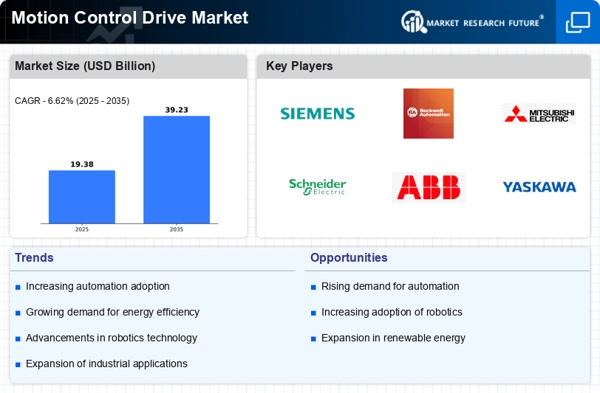
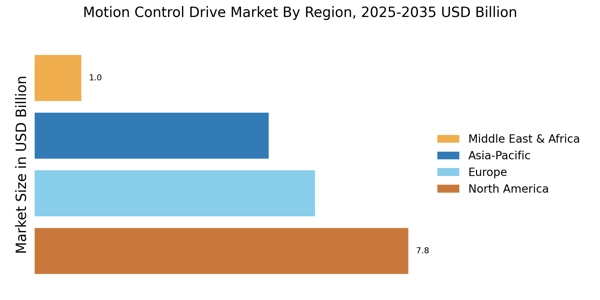
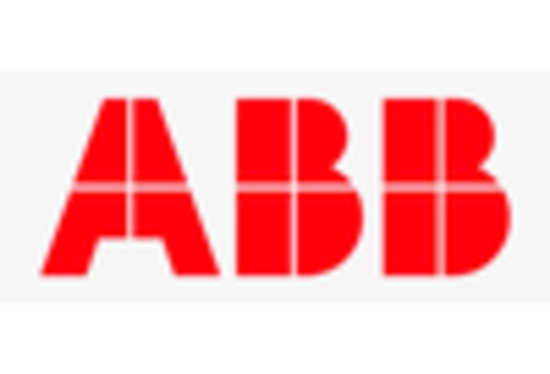
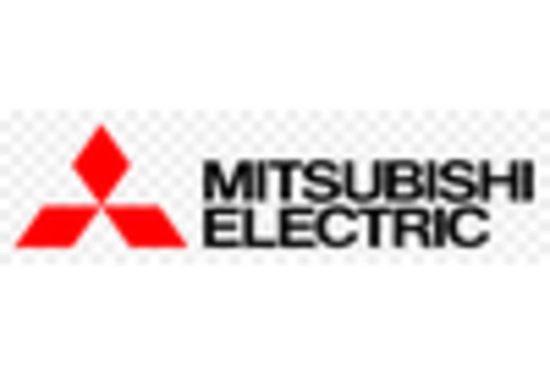
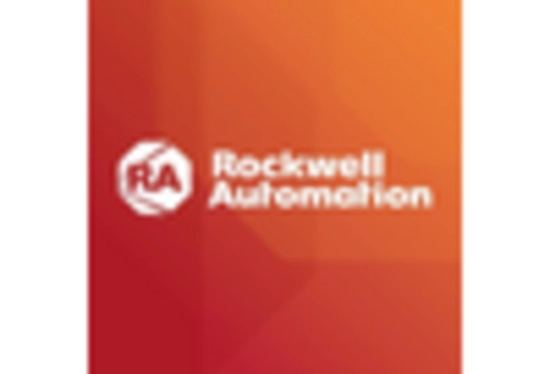
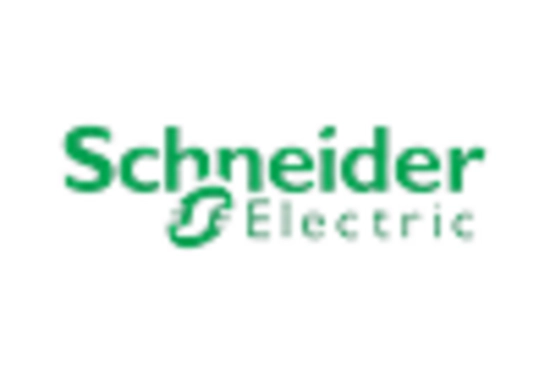

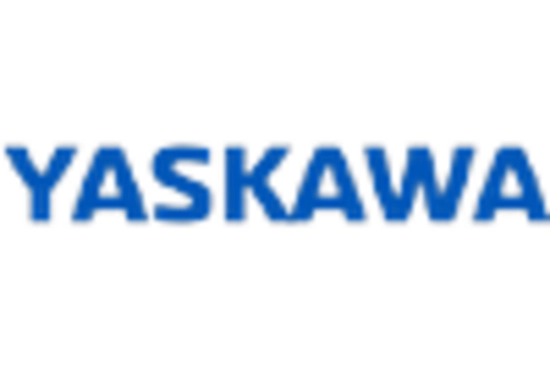








Leave a Comment